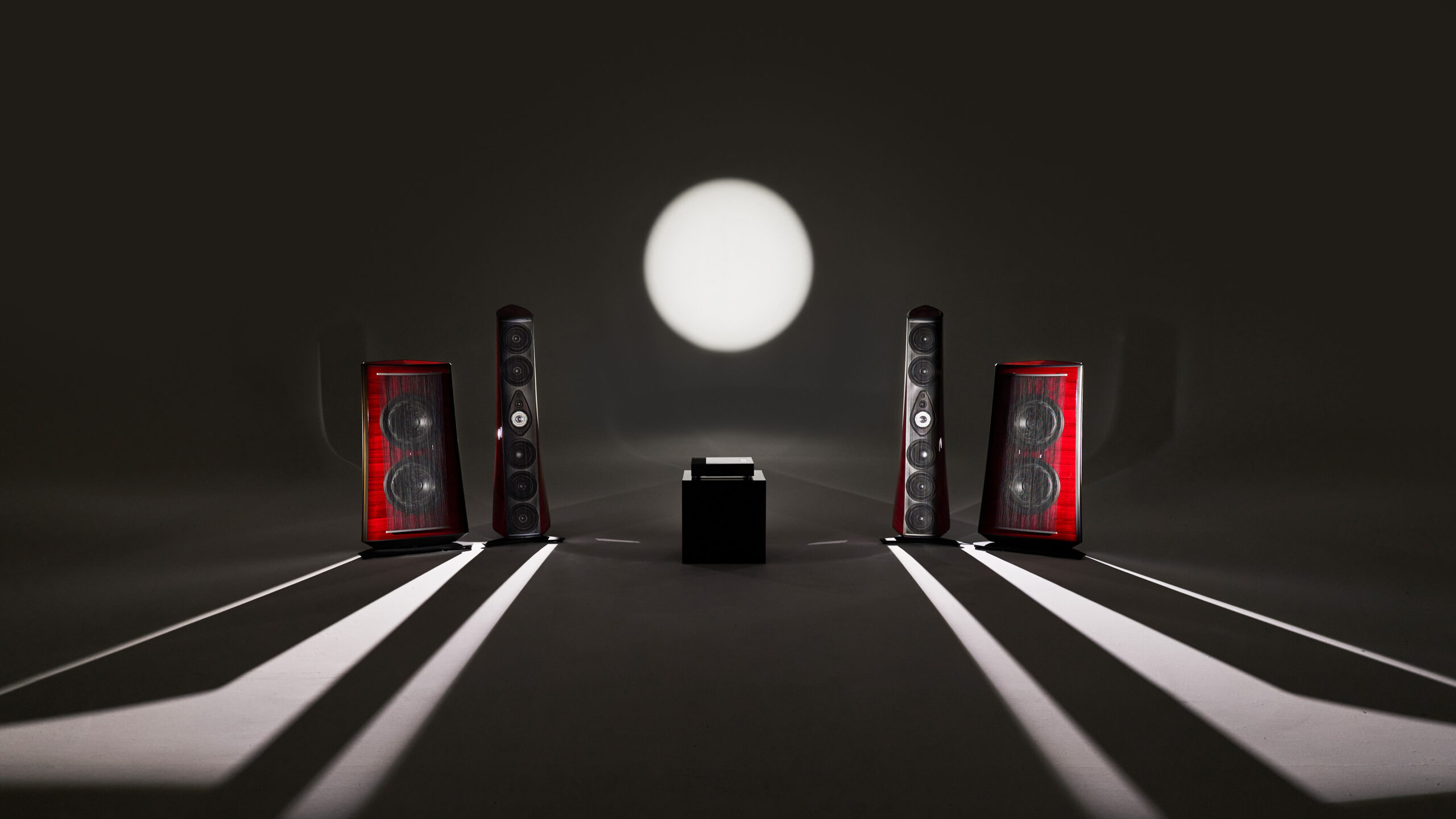Newman
Major Contributor
- Joined
- Jan 6, 2017
- Messages
- 3,574
- Likes
- 4,423
Both of those factors seem to be emphasising direct sound and deemphasising indirect sound...so why does that favour increased perception of soundstage depth?Pulling speakers out into the room benefits two things that matter when it comes to spatial quality: The direct-to-reflected sound ratio; and the time gap between the first-arrival sound and the onset of many (if not most) of the first reflections.
A couple of fun quotes on the myth:-
Toole: (when asked if there is such a thing as apparent source depth), "The sense of depth is very imprecise, but most of the evidence points to a proportion between the direct sound and delayed reflections and reverberation. This information is in recordings and the times involved are so large compared to those created by small room reflections that they are not likely to be a substantial factor. Play with a good stereo upmixer to appreciate what augmented lateral reflections can do for a sense of space and envelopment, including depth." (my emphasis)
Linkwitz: "Some audiophiles have claimed that the perceived sound stage depth corresponds to the distance from the loudspeaker to the wall behind it. That claim is mistaken. The wall behind the loudspeakers as well as the loudspeakers themselves completely disappear on many recordings of live events where apparently the venue acoustics are sufficiently embedded in the sound to recreate the sense of space." (my emphasis) - Linkwitz, S., Room Reflections Misunderstood?, AES 123rd convention, 2007
As usual, the likely source of this myth is cognitive bias. "Oh look, I see so much more space behind my speakers, and lo and behold, I'm hearing more depth." And of course, the converse: "Darn, my speakers are flat against the wall, and the soundstage is almost two-dimensional and flat." Now that is some real pudding for the proof-is-in-the-puddingers.
Honestly, one can embed one's speakers flat into the front wall of the room, and one would be entitled to anticipate excellent soundstage depth reproduction, in the sound waves themselves, relative to other speaker placements.
cheers

